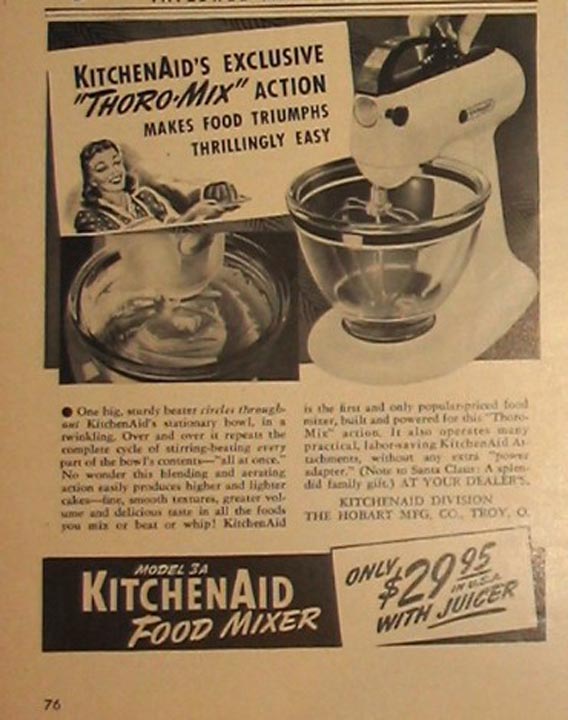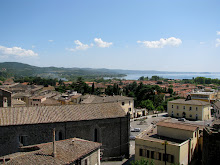We began today with beautiful weather. Nathan decided to give us a lecture on the agencies we would be visiting in Rome - it takes some background info to sort out eh different food-aid organizations that operate in the Eternal City. You can read the lecture here.
We spent the rest of the morning catching up on our work - we needed to finish up our herbarium project (which can be read at this link). The weather had finally become clear and beautiful again, and it was nice to hang out in the garden and enjoy our last day at the Convent.

Enzo prepared a delicious carbonara for our primi with huge amounts of cream, cheese, and lardo. A hell of a lot better then the gloppy fettucini-esque junk we get in the USA. Enzo has mastered the art of the al dente noodle.

The chicken cacciatore was great - think he used the caponata from the night before. It was tender and slightly sweet. Really liked it.

Enzo ended the meal with a dish of strawberries in lemon juice and sugar, complete with a cookie. Enzo's getting all fancy up in here.

We did have one last food adventure before us: a trip to a buffalo mozzarella factory near Bolsena. Some background first. The origin of the water buffalo in Italy is mysterious and uncertain. Some say the buffalo came from Sicily via Normans around the year 1000, the buffalo having been introduced to Sicily by Arab traders. Others maintain they were brought to Italy by the Goths during medieval migrations - and another states the buffalo actually originated in Italy and didn't arise in Asia at all. Being totally under-qualified in the field of bovine migrations, I leave the call on that up to you. In any case, the hairy and oddly adorable water buffalo has been a fixture in Italy since at least the 12th century, finding employment as a powerful draught animal in marshy and difficult areas. The buffalo were also prized for their delicious milk - which is used today for the production of Italy's justly famous buffalo mozzarella.

But how exactly is buffalo mozzarella made, you ask? Allow me to explain. First off, buffalo milk is richer then cow milk, and thus requires less to produce cheese - you need 8 kg of cow milk for 1 kg of cheese, but only 5 kg of buffalo's milk to get the same amount. Buffalo provide bang for the buck.
Fresh buffalo milk is harvested then stored in big containers. The producers we visited use VERY fresh milk - all their animals are right down the hill behind the shop. The milk is then heated, and poured into a liquid separator.

The mozzarella curd on the table. Natural whey is added to the heated milk to begin this process. You have to use it very quickly or it goes gross.

The congealed bits of curd are tossed into a bath, in order to reduce the acidification process. The liquid is removed and hot water is added, creating the stretchy pasta filata texture required in this cheese's production.

The cheese is then shaped into various forms - here, the cheese maker is turning the cheese into a long rope, which he will use to produce a large mozzarella braid.

Here the cheese guys demonstrate how those cute little mozzarella balls are made: a machine pops them out directly into a tub of water. The process is inexplicably completely charming.

Some of the products the factory turns out. Highlights include smoked mozzarella, burrata (runny goodness) and distinctive buffalo milk yogurt. We bought a big bag of made-seconds-before cheese to bring home to Enzo for supper.

A line of buffalo. Say cheese.
After our lesson in the tender art of mozzarella making, it was time to visit the buffalo themselves. The buffalo at this producer lived right down the hill, in a yard with a nice view of the Umbrian countryside below. I am no judge of buffalo well-being but they seemed pretty happy to me - they regarded us all curiously as we walked to their pen, where they were enjoying an evening meal of hay. The cheese producers have employed a Punjabi man to care for the animals - who better to maintain a buffalo herd then someone from India?

They're adorable in a hairy sort of way.

Kourtney makes a new best friend.

I imagine he is cursing the paparazzi, but who really knows the secret thoughts of a water buffalo?

In flagrant disobedience of Nathan's "Don't blog about some dog you liked" rule....here is a dog I liked at the cheese factory.
We left the cheese producer with some excellent snacks for the evening and new insight into the shaggy beasties who produced it. As the weather was great, Amanda and I decided to get off in town for some sight-seeing and gelato eating...

St Christina's Church in Bolsena. A big ol' miracle occured here in 1263, when a German priest, one Peter of Prague, took a break in Bolsena on his way to Rome. Peter found it rather hard to believe that Christ was actually present in the consecrated Host - but as he celebrated the Holy Mass above the church's tomb of Saint Christina, he was astonished to find blood seeping from the host and running over his hands and the linen cloth below them. Peter, big on proof, immediately headed to nearby Orvieto, where then Pope Urban IV was living. The Pope, after conducting an investigation, decided Peter's story was truth: he commanded that the Host and the bloody linens be placed in the Orvieto cathedral, where it remains today. Pilgrims still go to Bolsena's church to recognize this long ago miracle - and in 1964, the 700th anniversary of the event, Pope Paul VI himself recognized Mass at the altar that keeps the holy Corporal. Not bad for a small town.

The church itself is as beautiful inside as it outside, comprising an interesting mixture of architectural styles: the chapel where the miracle occurred is Baroque styled, and was done over in 1693. The attractive outside facade, Florentine in style, was commissioned in 1492 by one Cardinal Giovanni de' Medici. The church is an essential sight if you're ever in Bolsena.

Time for one last visit to our favorite gelato store. Here's Amanda posing outside.

The late afternoon streets of Bolsena. These cafes will be packed around 7:00ish when people filter in for their pre-dinner espresso, snack, and gossip session.


Amanda pointed out these excellent tiles to me, implanted in the walls of Bolsena's back-allies and streets. There's quite a few more of these tiles then then the ones I've photographed here. Presumably they represent different factions and aspects of Bolsena's history - I should probably find out more, huh?

Then it was time for our last dinner at the convent. Enzo decided he'd do it up big, preparing his Lasagna Ala Enzo. Here everyone waits with bated breath (and drinks wine). Enzo popped open some of the good stuff in our honor.

Enzo prepared an antipasti plate with the mozzarella from the factory. Just as delicious as it looked. We were, however, just about prosciuttoed by this juncture - although the local melons remain completely divine.

Enzo's ginormous signature lasagna. It's actually more of a pasta bake: rotini noodles layered with a white bechamel sauce and a meaty ragu, as well as plenty of tomato. Totally rich and totally good.

A slice of the good stuff.

Enzo even had a cake made for us!

Yellow cake with cream frosting and some sort of almondy filling - delicious.
We lingered for a while, sipping wine, but the weather was getting chilly and we had to wake up early to head to Rome. We certainly had had a fitting sendoff.


.jpg)









































